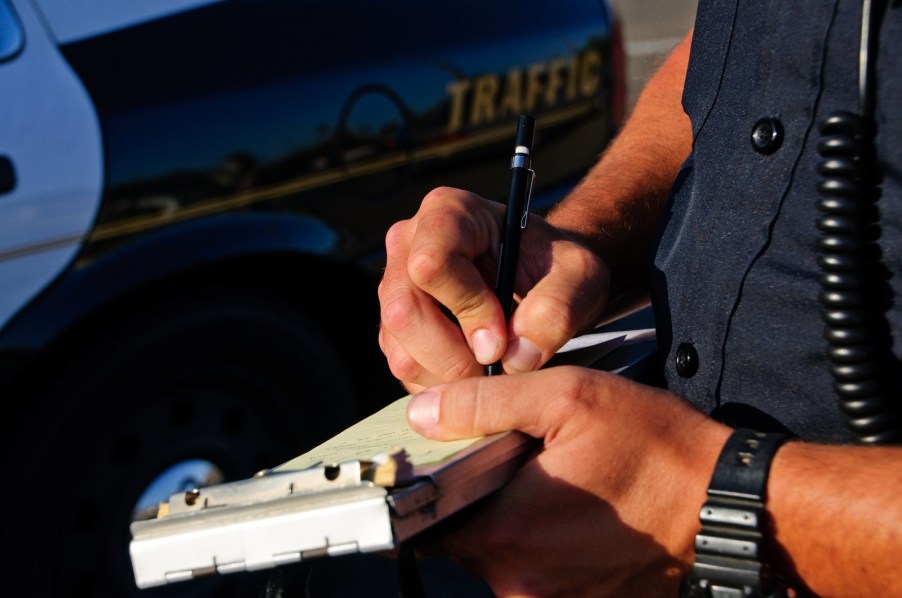
4 Common Driving Habits That Could Be Illegal in Your State
We’ve all done things on the road that make sense to us in the moment. In fact, there are a few common behaviors that many drivers do over and over without realizing it’s actually illegal in many states. Here are four common driving habits that could get you in trouble.
Driving with headphones on
Listening to music or a podcast through headphones while driving can be illegal in many states, including California, Florida, Maryland, Minnesota, New York, and a few others. The reason is simple: it reduces your ability to hear sirens, horns, and other important sounds around you. This sensory deprivation can lead to slower reaction times and an increased risk of car accidents. Some states allow the use of one earbud but prohibit using headphones in both ears. It’s safer to use your car’s audio system or a single earbud if you need to take a call.
Improper use of high beams
High beams are great for seeing farther down dark roads, but using them improperly can be illegal and dangerous. Most states have laws about when and where you can use high beams. Typically, you should dim your high beams when you’re within 500 feet of an oncoming vehicle or following another car within 200-300 feet. Blinding other drivers with your high beams can cause accidents and result in traffic tickets. Always switch to low beams when there’s oncoming traffic or when you’re driving in populated areas.
Leaving your car idling
Leaving your car running while you run into a store or wait for someone might seem harmless, but it’s illegal in many places. Anti-idling laws aim to reduce pollution and conserve fuel. In some states, you can be fined for leaving your engine running for more than a few minutes while parked. Besides being a legal issue, idling wastes gas and contributes to environmental problems.
Driving in the left lane
The left lane on highways is generally intended for passing slower traffic. If you’re cruising in the left lane without passing anyone, you might be breaking the law. In fact, most states have “keep right” laws that require drivers to use the right lane for regular driving and reserve the left lane for passing only. There are state-specific exceptions to this, like if a lane is blocked. Moreover, driving slowly in the left lane can lead to traffic delays or road rage and increase the chances of accidents. It’s safer and more courteous to keep right unless you’re overtaking another vehicle.
Be sure to check your state’s specific take on each of the above. On road trips, take note that any of the common driving habits listed here could change in terms of legality as you cross state lines.



